AUGUSTA — Supporters of Katahdin Woods and Waters National Monument cheered news Thursday that the head of the U.S. Interior Department is not seeking to rescind the designation even as they await details of potential changes to the land’s management.
Interior Secretary Ryan Zinke said he would not recommend eliminating any of the 27 national monuments scrutinized by the Trump administration after a months-long review process that drew comments from millions of people. But the Interior Department’s refusal to provide details about the recommendations for specific monuments left both supporters and critics of Katahdin Woods and Waters unsure about where things stand for a monument that celebrated its one-year anniversary Thursday.
Lucas St. Clair, who led the campaign to create a national monument or park in Maine’s North Woods, said the bottom line is that Zinke supports keeping the 87,500 acres in federal hands even if there are changes in the way it is managed.
“I still have not heard directly from the secretary or the secretary’s staff, so we continue to be in a wait-and-see mode,” said St. Clair, the son of conservationist Roxanne Quimby, who donated the land to the National Park Service last year. “But I am certainly feeling more optimistic now than I did waking up this morning.”
The Interior Department released a vague, two-page summary of Zinke’s draft report as part of the controversial review ordered by President Trump in April. Katahdin Woods and Waters was the smallest of the national monuments among the 27 under review, and was likely included largely because of Gov. Paul LePage’s lobbying of the Trump administration to rescind the designation, which the governor opposed for years. Asked for comment on the report, a White House official said the president was “currently reviewing his recommendations to determine the best path forward for the American people.”
Zinke told the Associated Press on Thursday that he would recommend changes to some of the 27 monuments – which could include shrinking a few – but no outright eliminations.
The Washington Post reported that Zinke recommends reducing the size of at least three monuments, including Utah’s Bears Ears and Grand Staircase-Escalante national monuments, as well as Oregon’s Cascade-Siskiyou National Monument, according to multiple individuals briefed on the decision.
DEFERENCE TO SO-CALLED ‘TRADITIONAL USES’
After a June visit to Katahdin Woods and Waters, Zinke called federal ownership of the lands “settled” and said the monument was probably too small to shrink further. But Zinke also suggested he would try to please both the monument’s supporters and opponents, potentially by opening the door to timber harvesting or expanding the areas available for snowmobiling and hunting. The latter activities are allowed on parts but not all of the monument lands.
On Thursday, Zinke hinted at similar deferences to so-called “traditional uses” but declined to provide specifics.

Interior Secretary Ryan Zinke offers comments during a tour of the Katahdin Woods and Waters National Monument on June 14. Zinke gathered opinions on the monument designation from business people, the governor and hikers during the visit. Staff photo by Gregory Rec
“No president should use the authority under the Antiquities Act to restrict public access, prevent hunting and fishing, burden private land, or eliminate traditional land uses, unless such action is needed to protect the object,” Zinke said in a prepared statement. “The recommendations I sent to the president on national monuments will maintain federal ownership of all federal land and protect the land under federal environmental regulations, and also provide a much-needed change for the local communities who border and rely on these lands for hunting and fishing, economic development, traditional uses and recreation.”
Maine’s congressional delegation was heavily lobbied by both sides in the monument debate, but Thursday the members were either waiting for details of the recommendations or not publicly discussing what they knew.
Republican Rep. Bruce Poliquin, who originally opposed the monument in his district, is “looking forward to reviewing the official recommendation from the Department of the Interior when it is made,” said spokesman Brendan Conley. Monument supporter Rep. Chellie Pingree, D-1st District, also was waiting for specifics, but applauded “Secretary Zinke’s deliberative study of the monument (and) his recommendation to protect it.”
Sen. Angus King’s office said he would not be commenting on the monument until more information is known, and Sen. Susan Collins’ office did not respond to a request for comment.
Despite the vagaries, national environmental and conservation organizations pledged to challenge any attempts to shrink monument boundaries or dramatically change use of the land.
“Some 3 million people – more than 98 percent of commenters – voiced their support for keeping our national monuments intact,” said Peter Shelley, senior counsel for the Boston-based Conservation Law Foundation. “Submitting recommendations that defy the will of the American people and then withholding these recommendations from the public is utterly unacceptable. The president has no legal authority to alter national monuments, and we will take him to court if he tries.”
SUPPORTERS SEE ‘NOTHING BUT POSITIVES’
In Maine, supporters were hoping for more details as they prepared for an event Thursday night marking the first year of a monument that is already benefiting the local economy.
Gail Fanjoy, past president of the Katahdin Area Chamber of Commerce, said she was pleased to hear Zinke wouldn’t recommend scrapping the monument but was anxiously waiting Thursday afternoon to see the actual recommendations. Zinke’s earlier comments about wanting to make everyone happy “should give us pause” if that means opening up the land to activities not conducive to a national monument or envisioned by the Quimby family that donated the property.
“I’ve seen nothing but positives” from the designation, Fanjoy said. “There are more people, there is investment, there are expansions and new businesses. . . . Everybody is feeling it and the mood is positive.”
Some critics hope Trump will overrule his interior secretary’s recommendation and instead rescind the status of recently created national monuments.
Anne Mitchell of the Maine Woods Coalition told the Associated Press that the federal government already owns enough land without Katahdin Woods and Waters. Mitchell said the recent Maine designation could hurt the state’s multibillion-dollar forest products sector.
Then-President Barack Obama designated the area just east of Baxter State Park as a national monument on Aug. 24, 2016, as part of the commemoration of the National Park Service’s 100th anniversary. Obama used his executive authority under the Antiquities Act of 1906 to protect more land as national monuments than any of his predecessors, a practice cheered by conservationists but denounced by Republicans and some private landowners, especially in the West. National parks, by comparison, require congressional approval.
The designation in Maine followed years of intense, sometimes bitter debate over the future of the Katahdin region and what role, if any, a national park or monument could play in reviving an economy spiraling from paper mill closures.
Supporters argued that a monument would draw visitors – and therefore jobs – back to the region at a time when Maine’s nature-based tourism industry is thriving. And those predictions were true, to some extent. In the year since the monument designation, many businesses have reported a modest uptick in tourist traffic, some towns are seeing new investment and real estate professionals are fielding more calls.
OPPONENTS DOWNPLAY AREA’S ATTRACTIVENESS
A core group of opponents – led by Gov. Paul LePage – remains unconvinced of the monument’s economic potential, however.
They downplay the scenic value and historic significance of an area that merely overlooks Mount Katahdin – Maine’s highest peak – in neighboring Baxter State Park. LePage even told a congressional committee that few tourists would likely leave Maine’s coast to visit “the mosquito area.”
Sportsmen have also criticized the Quimby family, and now the National Park Service, for restricting hunting and snowmobiling to smaller areas of the monument. And they continue to suggest that the region’s new “Big Brother” neighbor will hurt the forestry industry and otherwise stymie industrial development.
Zinke, a former Navy SEAL and Montana congressman, quickly squashed any lingering hopes that the federal government would give the land back to the state during his three-day visit to Maine in June. Yet he also hinted at potential management changes – particularly around timber harvesting and recreation – even as he used the two words even more feared by opponents of the monument: “national park.”
“I think the solutions should be made-in-Maine solutions, not made-in-Washington,” Zinke said June 15. “That means we have an opportunity to do something different here. You can harvest timber, you can hunt, you can respect traditional uses in the confines of a monument or a park. So we are looking at the appropriateness of a monument (versus) a park and looking at how would we do that.”
LePage, a vocal opponent of the monument who eventually backed Trump during the 2016 campaign, played a major role in convincing the Trump administration to review Katahdin Woods and Waters. It is the only monument smaller than 100,000 acres to make the list on grounds that the interior secretary may review designations “made without adequate public outreach and coordination with relevant stakeholders.”
Conservation groups have been gearing up for legal battles should the Trump administration try to rescind any monument designations, which would be unprecedented. Eighteen national monuments have been reduced in size over the past 100-plus years, and many of the nation’s most popular national parks – including Acadia National Park and the Grand Canyon – began as national monuments before being redesignated.
The executive summary released Thursday by Zinke’s office states that his review found that adherence to the requirement for designations on some monuments “were either arbitrary or likely politically motivated or boundaries could not be supported by science or reasons of practical resource management.” But while the summary reaffirms Trump “has the authority to review and consider recommendations to modify or add a monument,” it does not wade into the topic of whether a president could rescind a predecessor’s monument designation.
Kevin Miller can be contacted at 791-6312 or at:
Twitter: KevinMillerPPH
Send questions/comments to the editors.



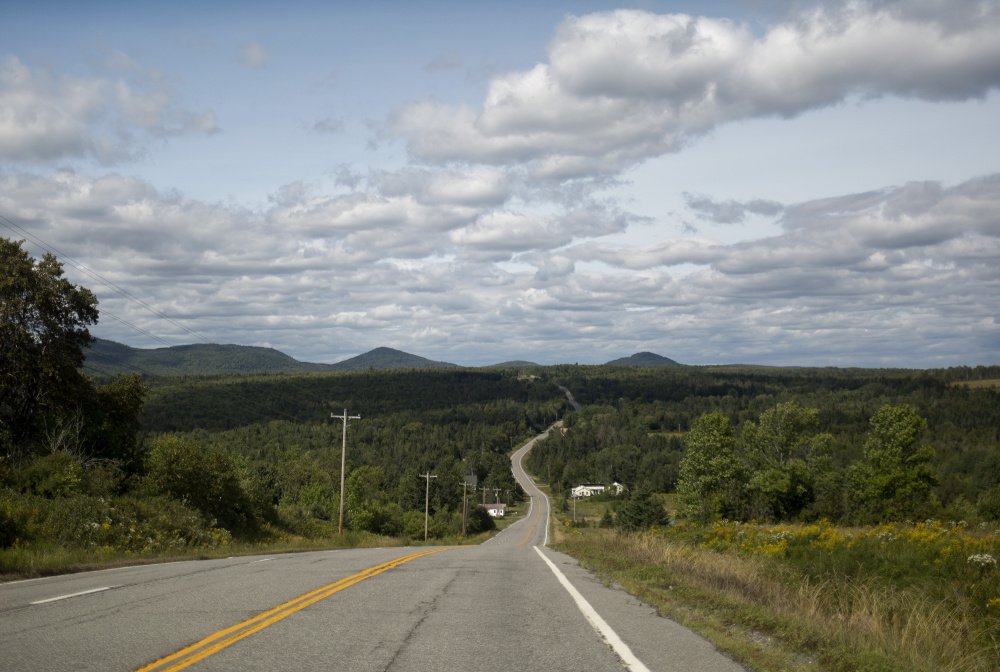
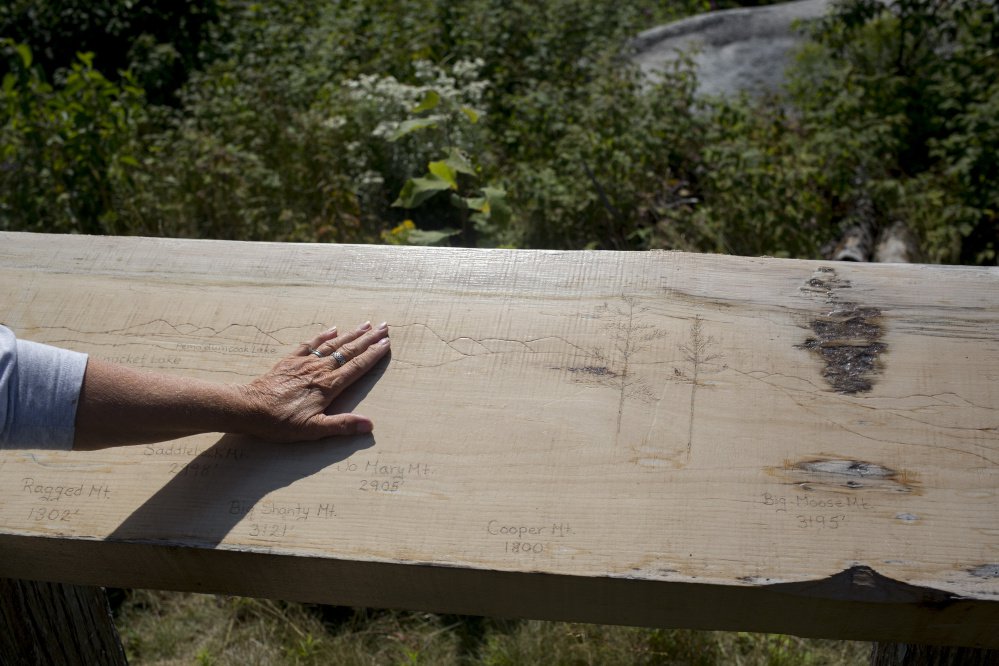

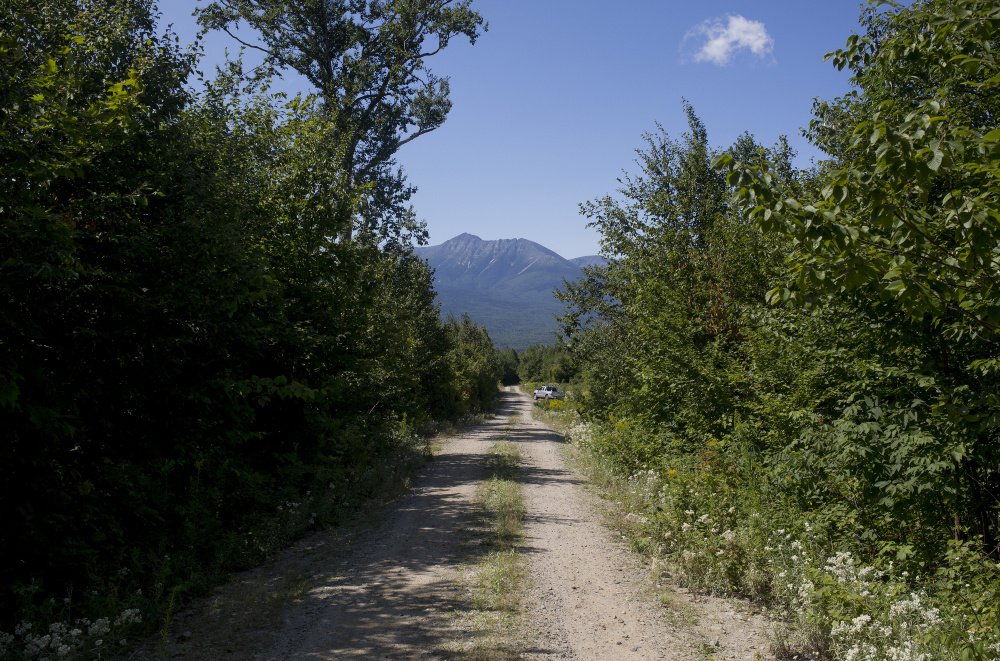

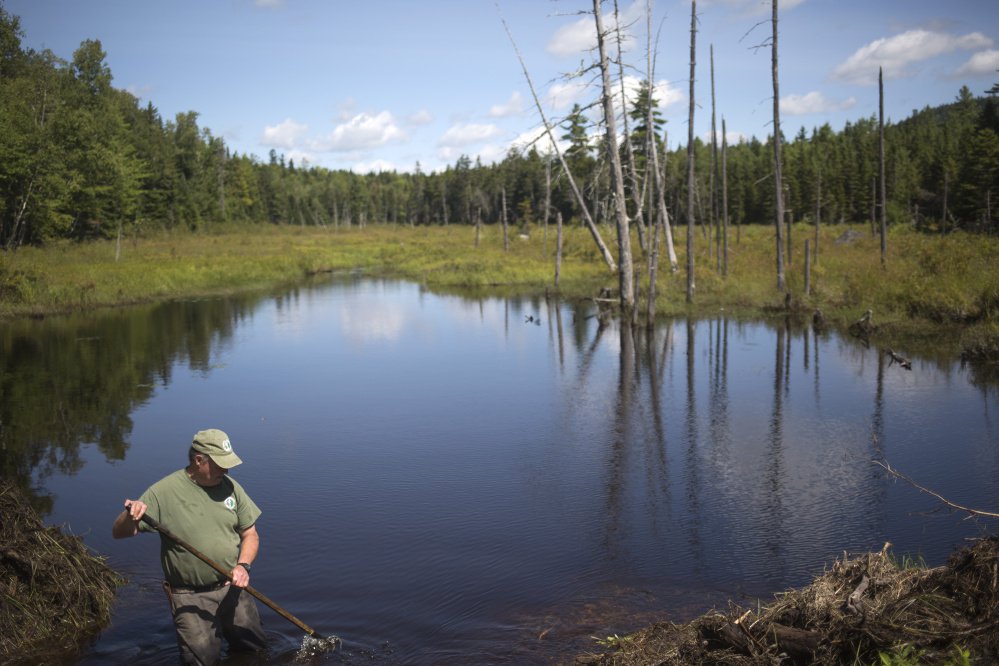
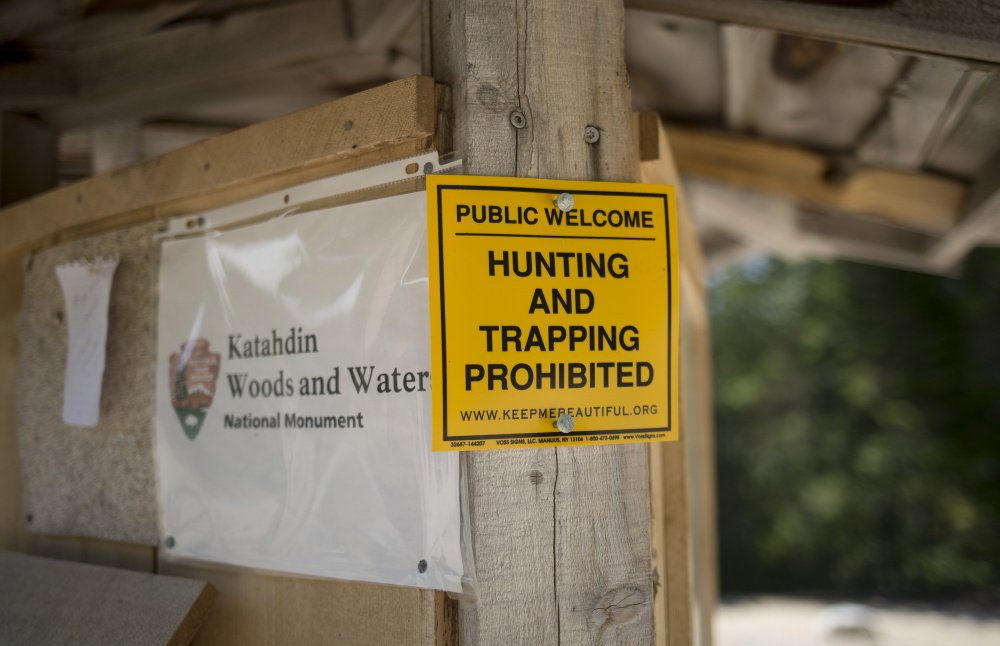
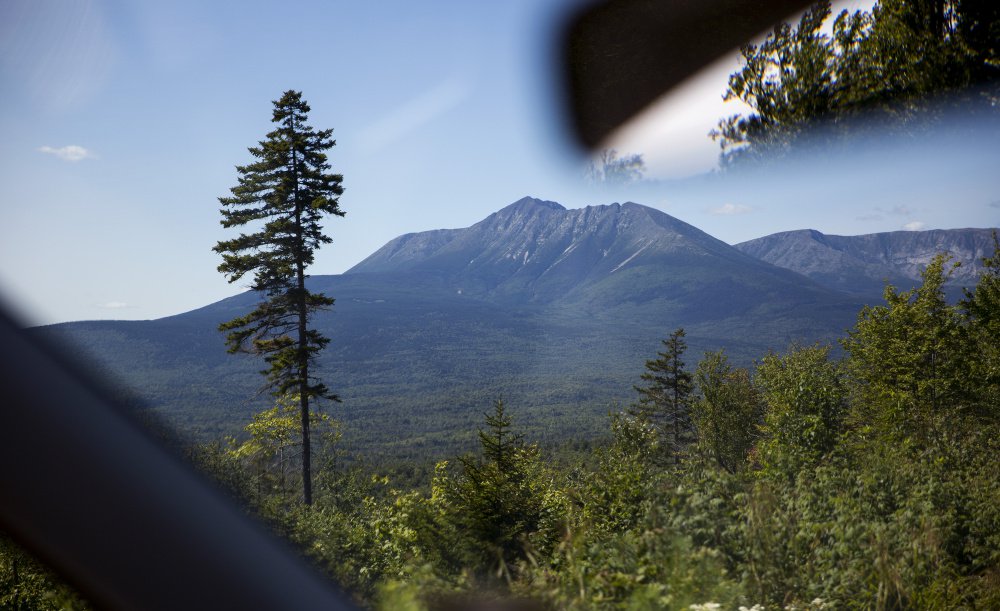
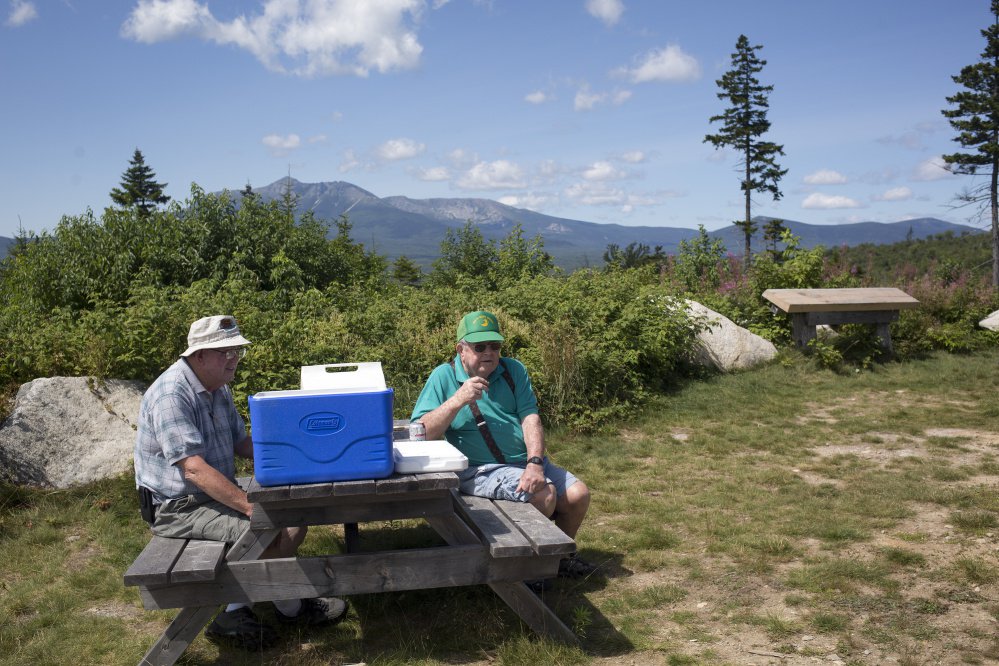


Success. Please wait for the page to reload. If the page does not reload within 5 seconds, please refresh the page.
Enter your email and password to access comments.
Hi, to comment on stories you must . This profile is in addition to your subscription and website login.
Already have a commenting profile? .
Invalid username/password.
Please check your email to confirm and complete your registration.
Only subscribers are eligible to post comments. Please subscribe or login first for digital access. Here’s why.
Use the form below to reset your password. When you've submitted your account email, we will send an email with a reset code.